
How to Choose the Right MCCB Adjustable for Your Electrical Needs
In today's rapidly evolving electrical landscape, the selection of the right equipment is crucial for ensuring both safety and efficiency. Among the various protective devices, the MCCB Adjustable (Molded Case Circuit Breaker) stands out as a versatile solution that can be tailored to meet specific load requirements. According to a report by Markets and Markets, the global MCCB market is projected to reach $7.89 billion by 2025, growing at a CAGR of 5.7%, driven by increasing industrialization and infrastructure development. This highlights the growing importance of choosing the appropriate MCCB Adjustable to enhance electrical distribution systems' reliability and performance. As energy demands rise and regulatory standards become more stringent, understanding the types and features of MCCB Adjustable is essential for engineers and facility managers in making informed decisions that sustain both operational efficiency and safety.
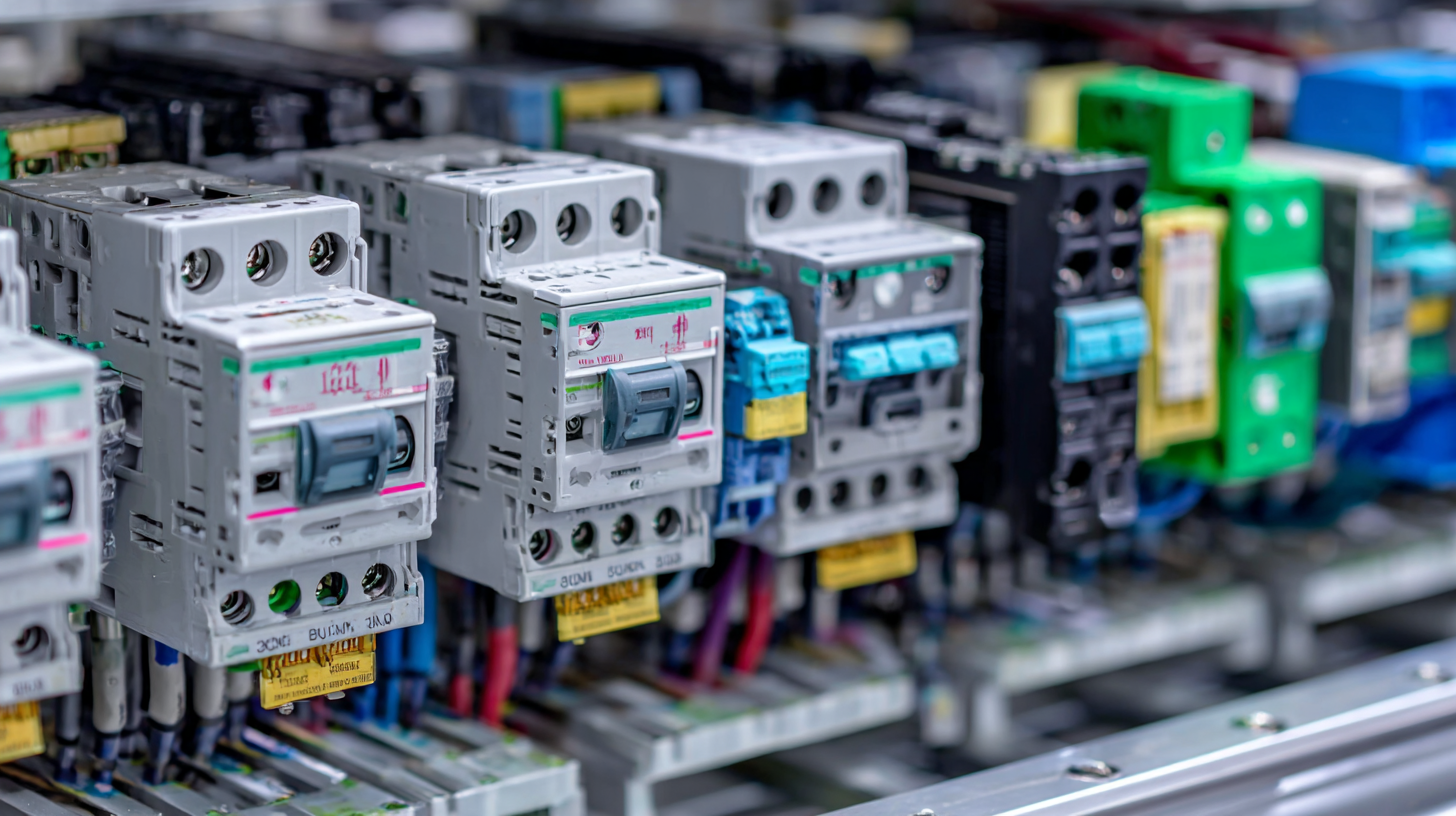
Factors to Consider When Selecting an MCCB Adjustable
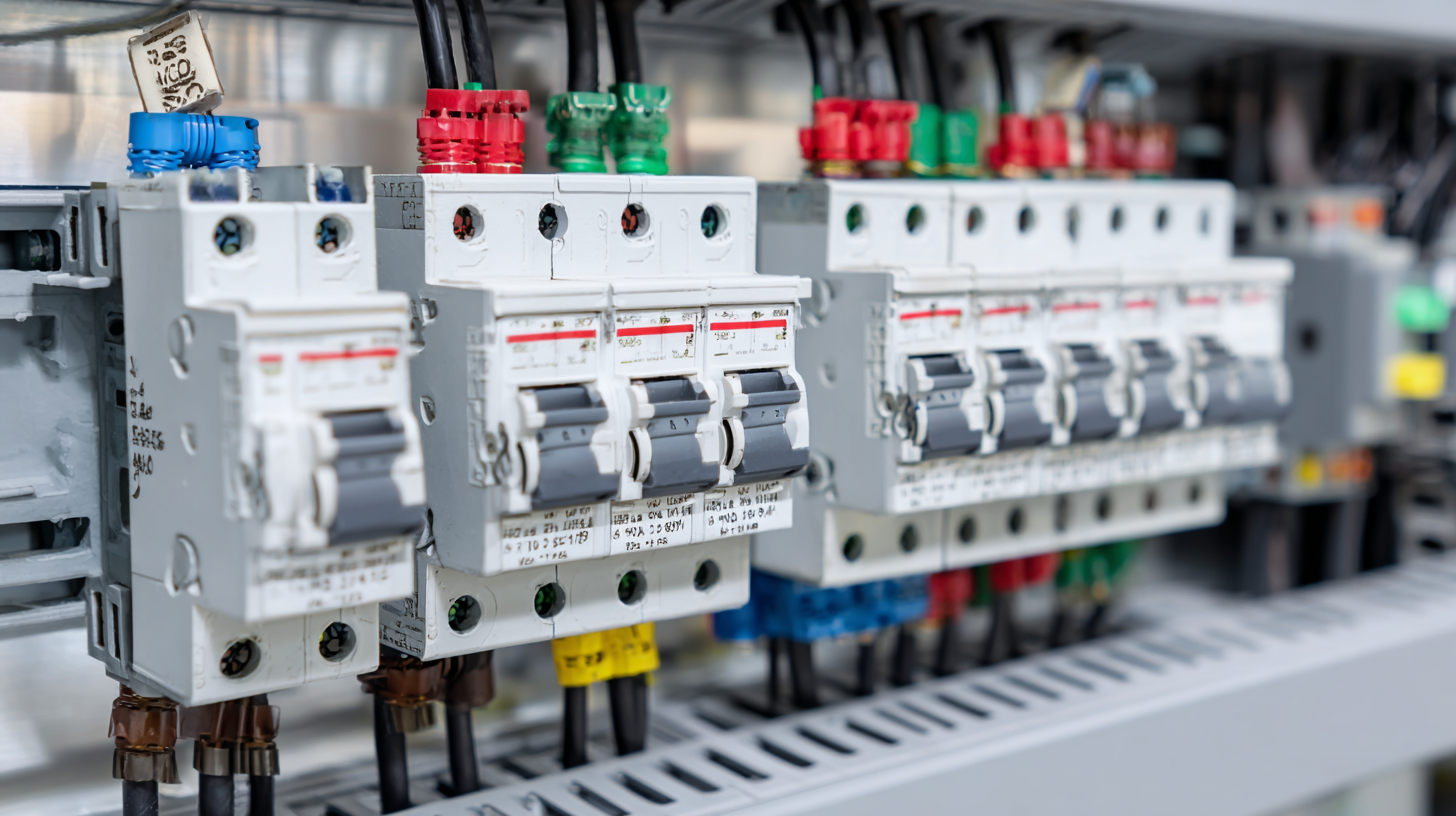 When selecting an adjustable MCCB (Molded Case Circuit Breaker) for your electrical needs, it's essential to consider several crucial factors to ensure optimal performance and safety. One of the primary aspects is the current rating, which should align with your load requirements. According to industry standards, your chosen MCCB must handle the maximum expected current while providing adequate protection against overloads and short circuits.
When selecting an adjustable MCCB (Molded Case Circuit Breaker) for your electrical needs, it's essential to consider several crucial factors to ensure optimal performance and safety. One of the primary aspects is the current rating, which should align with your load requirements. According to industry standards, your chosen MCCB must handle the maximum expected current while providing adequate protection against overloads and short circuits.
Another significant factor is the breaking capacity, which indicates the maximum fault current the MCCB can interrupt without failing. A detailed report from the International Electrotechnical Commission states that choosing a breaker with an appropriate breaking capacity can significantly enhance system reliability and safety. Additionally, consider the operational environment; for instance, if the MCCB will be used in a high-temperature setting or a location with high humidity, selecting a model designed for such conditions is crucial.
Lastly, the integration of adjustable settings allows for customized protection levels, enabling users to adapt the breaker to specific operational requirements. Studies show that adjustable MCCBs can reduce downtime by 20% compared to fixed alternatives, highlighting their flexibility and efficiency in various applications.
Understanding the Different Types of MCCB Adjustables Available
When selecting an MCCB (Molded Case Circuit Breaker) adjustable for your electrical needs, understanding the different types available is crucial. MCCBs come in various forms, including thermal magnetic, electronic, and dual-function types. Thermal magnetic MCCBs are often used for residential and light commercial applications, offering both overload and short-circuit protection. On the other hand, electronic MCCBs provide more advanced features such as adjustable settings and communication capabilities, making them ideal for industrial environments.
Tip: Consider the specific application requirements when choosing an MCCB. If your system experiences frequent surges or electrical faults, an electronic MCCB may offer enhanced protection and monitoring features.
Moreover, choosing the right amperage rating is essential. MCCBs are available with different trip settings, which can be adjusted based on your electrical load. Ensure that the chosen MCCB can handle the maximum load while providing adequate protection against overloads and short circuits.
Tip: Always consult with a professional to accurately assess the load requirements and select the appropriate MCCB that aligns with your system’s needs, ensuring safety and reliability in your electrical installations.
Key Features That Distinguish MCCB Adjustables from Standard MCCBs
When selecting a Molded Case Circuit Breaker (MCCB) adjustable for your electrical needs, it’s essential to understand the key features that differentiate these from standard MCCBs. One prominent distinction is the adjustable trip setting, which allows users to set the current rating according to specific load requirements. Unlike standard MCCBs, which typically have a fixed trip setting, adjustable MCCBs can be fine-tuned to optimize performance and enhance system protection. Reports indicate that utilizing adjustable trip settings can reduce unexpected shutdowns by up to 40% in industrial applications, showcasing their criticality in operational efficiency.
Another differentiating feature is the inclusion of advanced protection mechanisms. Adjustable MCCBs often come equipped with earth fault protection, short-circuit protection, and overload protection, meeting various safety standards such as IEC 60947-2. This ensures that your electrical system is safeguarded against a broader range of fault conditions compared to traditional models. By selecting an MCCB with enhanced protection, users can extend operational lifespans and reduce the likelihood of catastrophic failures.
**Tips:** When choosing an MCCB adjustable, always check for compatibility with existing systems to avoid integration issues. Additionally, consider models that offer remote monitoring capabilities, as these can provide real-time data analytics and improve maintenance efficiency. Lastly, ensure that the selected MCCB complies with relevant industry standards to guarantee safety and reliability.
How to Choose the Right MCCB Adjustable for Your Electrical Needs
| Feature | Adjustable MCCB | Standard MCCB |
|---|---|---|
| Current Rating Adjustable | Yes, adjustable range | Fixed current rating |
| Overload Protection | User-defined settings | Factory-set |
| Short Circuit Protection | Adjustable trip characteristics | Standard trip settings |
| Flexibility in Application | Highly flexible, adaptable | Limited adaptability |
| Installation & Maintenance | Easy adjustments required | Simple, less maintenance |
| Cost | Generally higher | Lower |
The Importance of Sizing and Rating in MCCB Adjustment
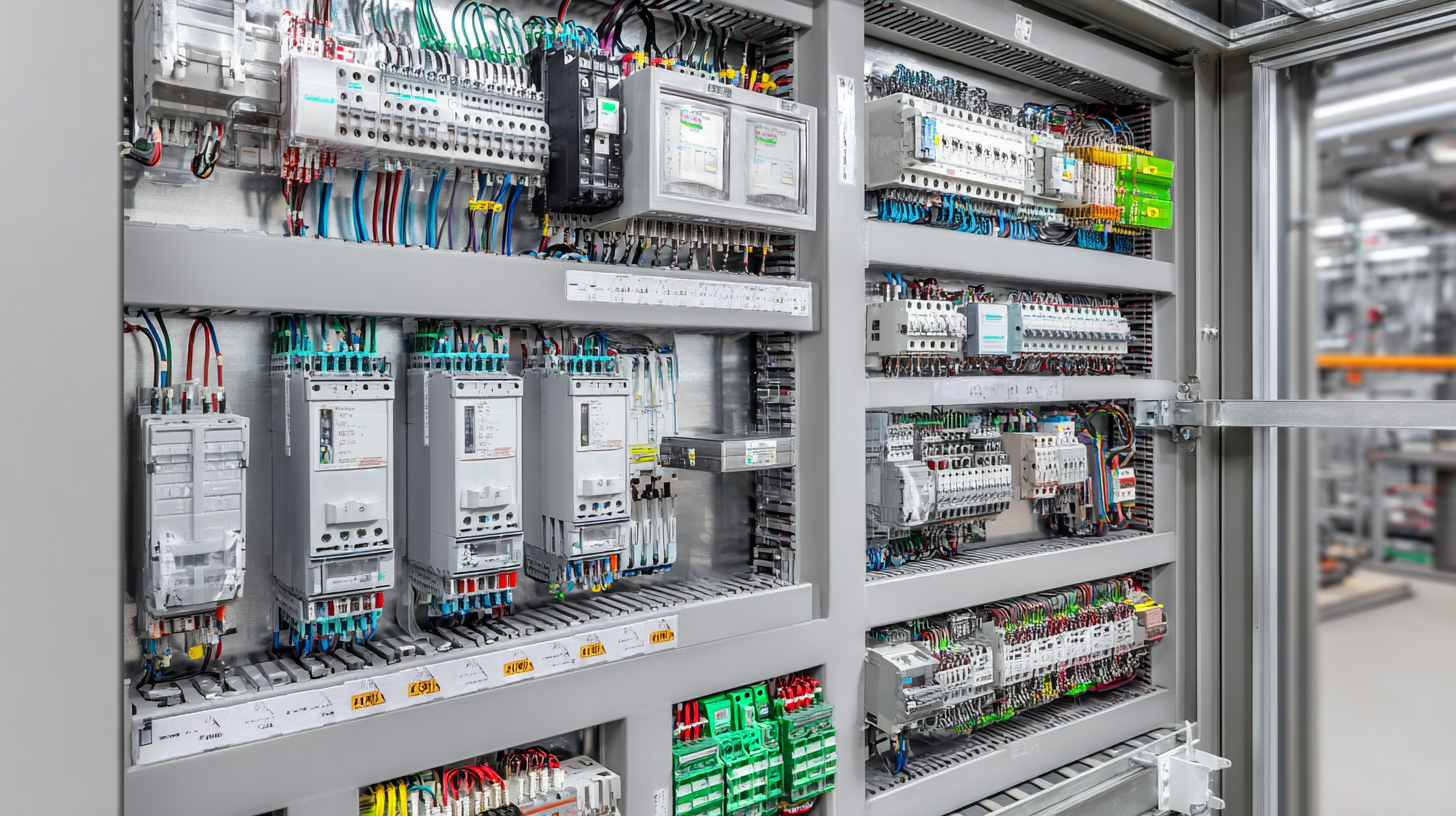 When selecting an adjustable Molded Case Circuit Breaker (MCCB), understanding the importance of sizing and rating is crucial for ensuring optimal electrical system performance. The MCCB is designed to protect electrical circuits from overloads and short circuits, and its ratings determine how well it can handle various conditions. Proper sizing means selecting an MCCB that not only matches the current load of your system but also aligns with the specific electrical environment in which it operates.
When selecting an adjustable Molded Case Circuit Breaker (MCCB), understanding the importance of sizing and rating is crucial for ensuring optimal electrical system performance. The MCCB is designed to protect electrical circuits from overloads and short circuits, and its ratings determine how well it can handle various conditions. Proper sizing means selecting an MCCB that not only matches the current load of your system but also aligns with the specific electrical environment in which it operates.
To achieve accurate sizing, it's essential to consider factors such as the continuous current rating, the type of load (inductive or resistive), and the ambient temperature. Overestimating the rating can lead to nuisance tripping, while underestimating it risks overheating and potential system failure. Additionally, the adjustable settings of an MCCB allow for fine-tuning based on fluctuating load patterns, making it adaptable to changing operational conditions. Thus, understanding these ratings and adjustments not only enhances safety but also maximizes the efficiency and lifespan of your electrical systems.
Common Applications for MCCB Adjustable in Industrial Settings
In industrial settings, choosing the right Molded Case Circuit Breaker (MCCB) is critical for ensuring operational efficiency and safety. Common applications for MCCB adjustable include manufacturing plants, data centers, and large-scale commercial facilities. According to a report by MarketsandMarkets, the global MCCB market is projected to reach USD 8.5 billion by 2025, driven by increased demand for reliable power distribution systems in these sectors. This highlights the pivotal role of MCCBs in managing electrical loads and protecting critical equipment.
When selecting an adjustable MCCB, it is essential to consider the specific electrical loads and operational conditions of your facility. For example, data centers require MCCBs that can adapt to fluctuating loads caused by varying server demands, while manufacturing plants may need units capable of handling motor inrush currents. The National Electrical Manufacturers Association (NEMA) indicates that adjustable MCCBs provide the flexibility to set specific trip settings, enhancing protection against overloads and short circuits. This adaptability not only improves safety but can also lead to significant cost savings by reducing unnecessary downtime and equipment damage.
Related Posts
-

Resilient Growth of Chinese-Made Best Electronic MCCBs Amidst US-China Tariff Strife: An Industry Analysis
-
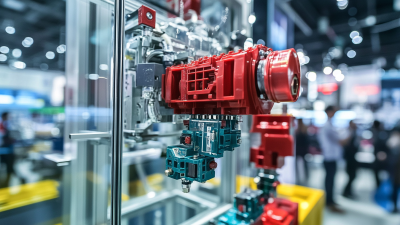
Top 10 Manufacturers of Molded Case Circuit Breakers (MCCB) in China at the 137th Canton Fair
-
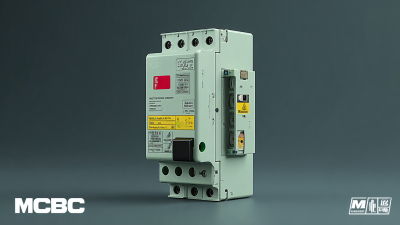
What is the Best Electrical MCCB and Why You Need One for Your Industry
-
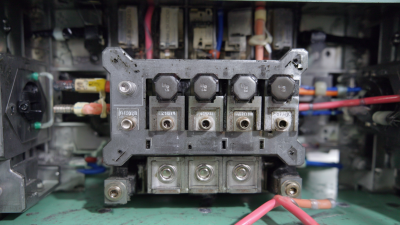
Ultimate Techniques for Selecting the Best Molded Case Breaker in Today’s Market
-

Exploring the Spectrum: Real-World Applications and Innovations in Electrical MCCBs
-

10 Amazing Reasons Why Electronic MCCBs Are Essential for Your Business

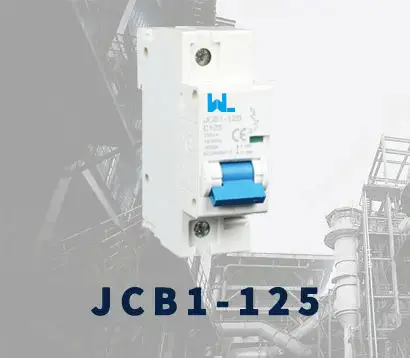 JCB1-125
JCB1-125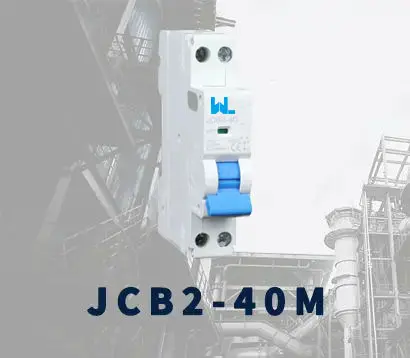 JCB2-40M
JCB2-40M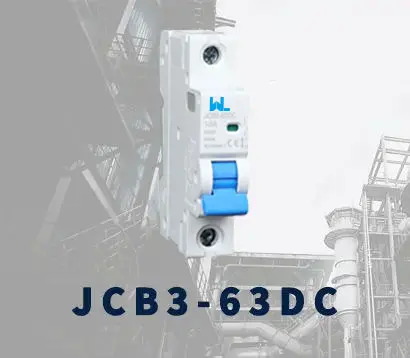 JCB3-63DC
JCB3-63DC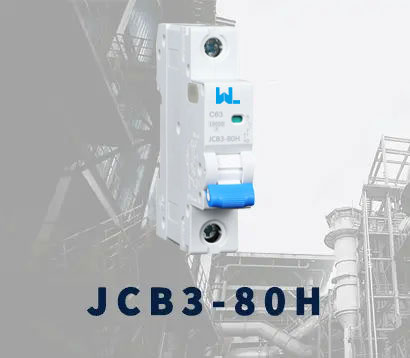 JCB3-80H
JCB3-80H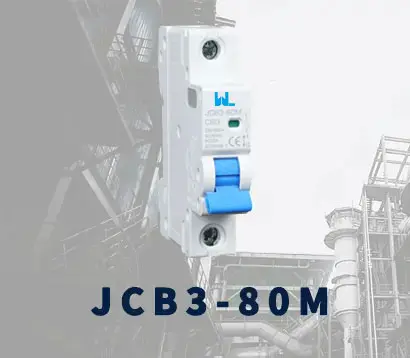 JCB3-80M
JCB3-80M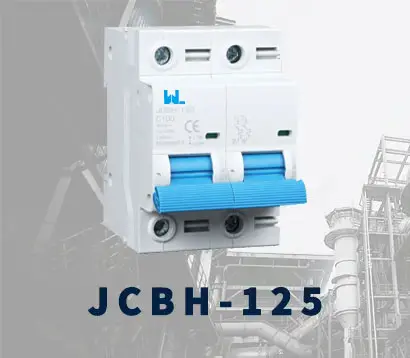 JCBH-125
JCBH-125 JC125-4P
JC125-4P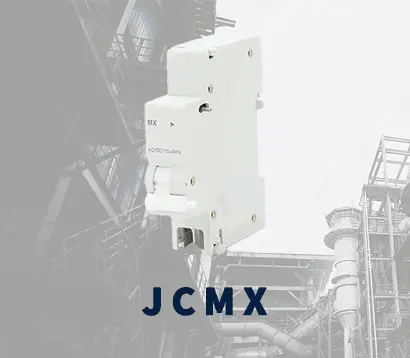 JCMX
JCMX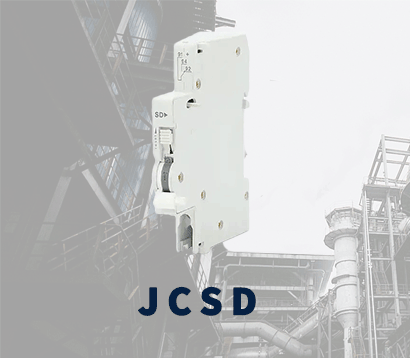 JCSD
JCSD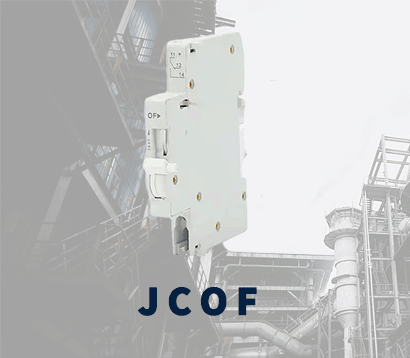 JCOF
JCOF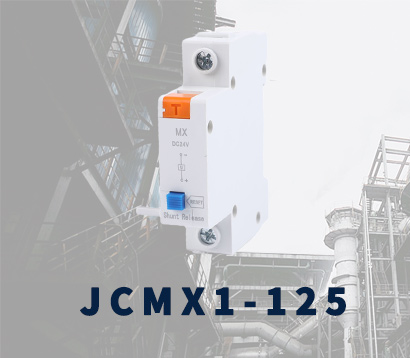 JCMX1-125
JCMX1-125 JCOF1-125
JCOF1-125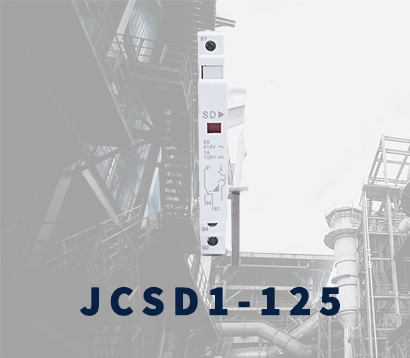 JCSD1-125
JCSD1-125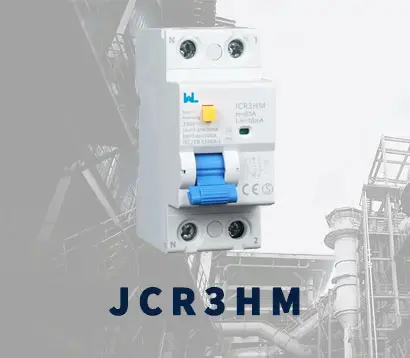 JCR3HM
JCR3HM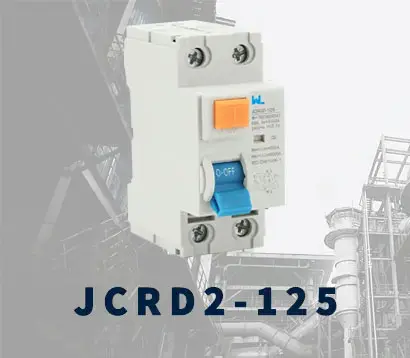 JCRD2-125
JCRD2-125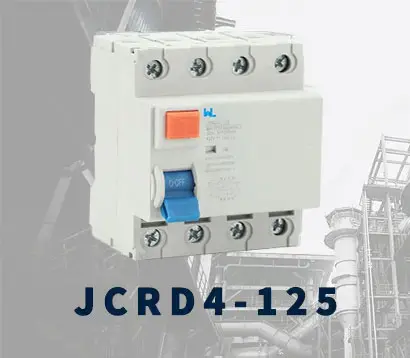 JCRD4-125
JCRD4-125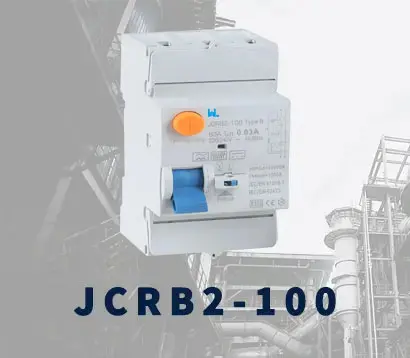 JCRB2-100
JCRB2-100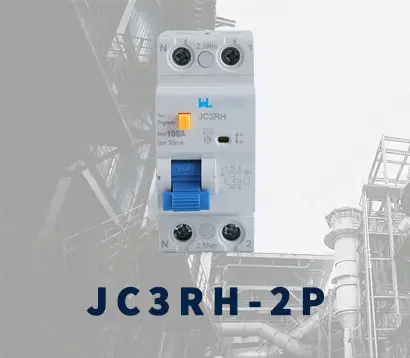 JC3RH-2P
JC3RH-2P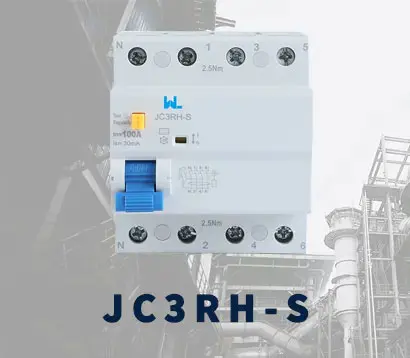 JC3RH-S
JC3RH-S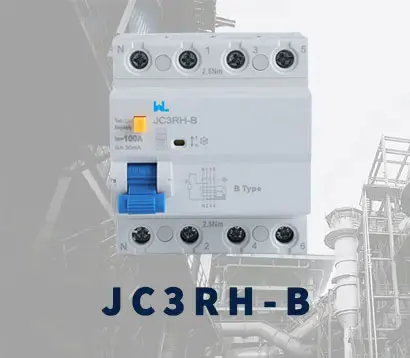 JC3RH-B
JC3RH-B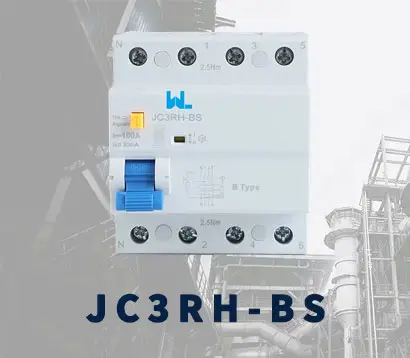 JC3RH-BS
JC3RH-BS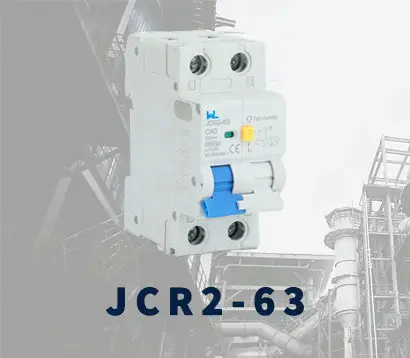 JCR2-63
JCR2-63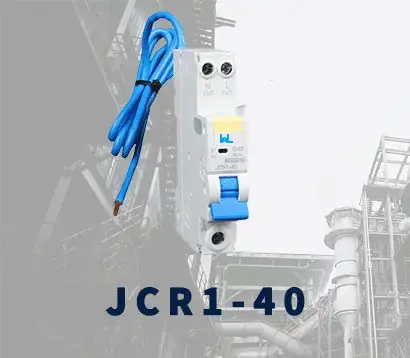 JCR1-40
JCR1-40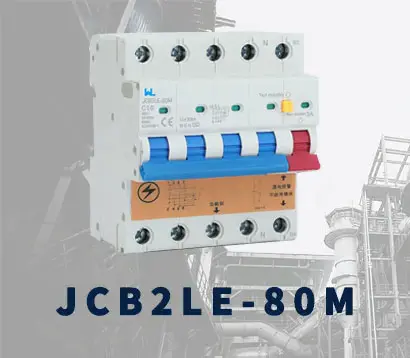 JCB2LE-80M
JCB2LE-80M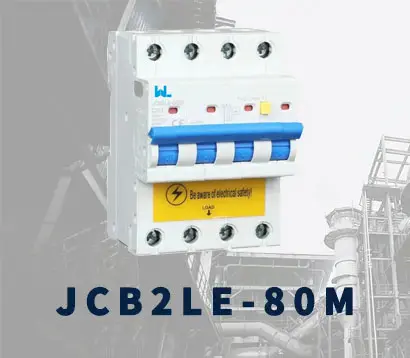 JCB2LE-80M
JCB2LE-80M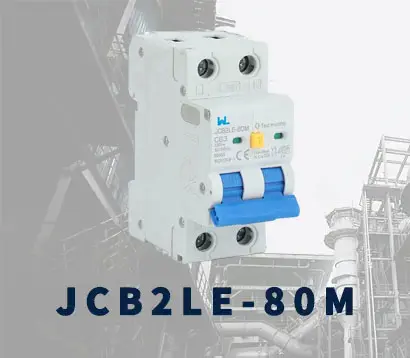 JCB2LE-80M
JCB2LE-80M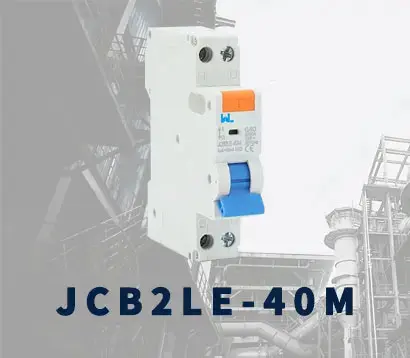 JCB2LE-40M
JCB2LE-40M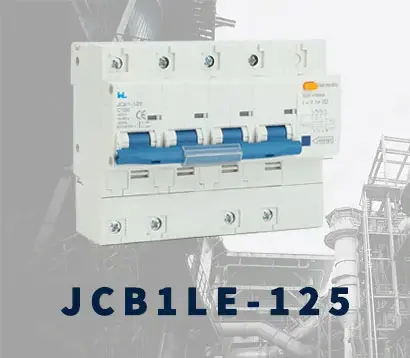 JCB1LE-125
JCB1LE-125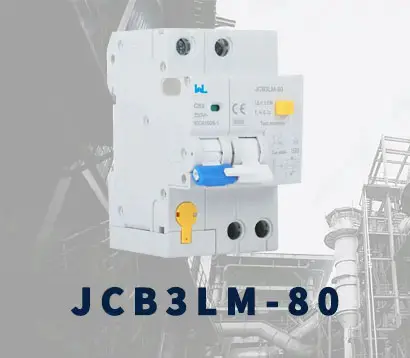 JCB3LM-80
JCB3LM-80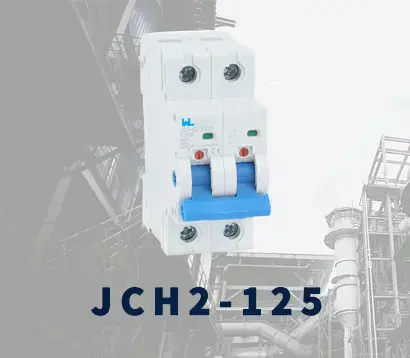 JCH2-125
JCH2-125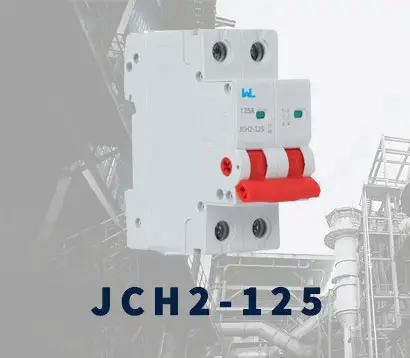 JCH2-125
JCH2-125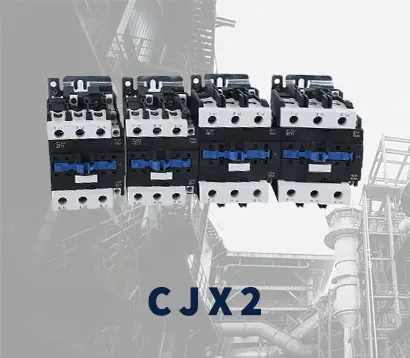 CJX2
CJX2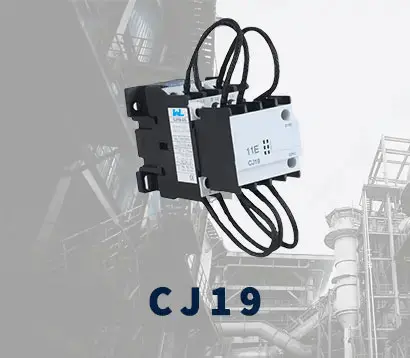 CJ19
CJ19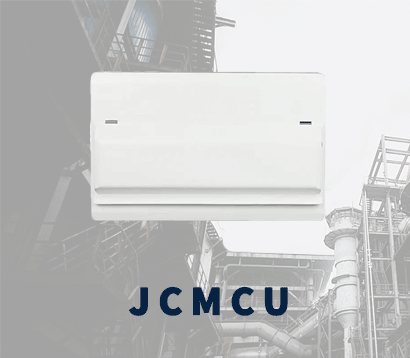 JCMCU
JCMCU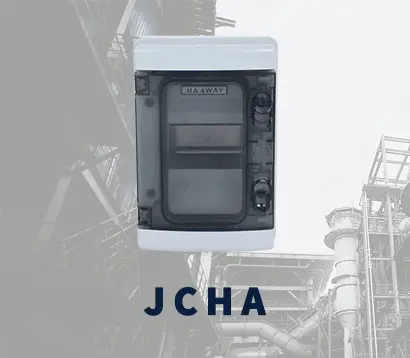 JCHA
JCHA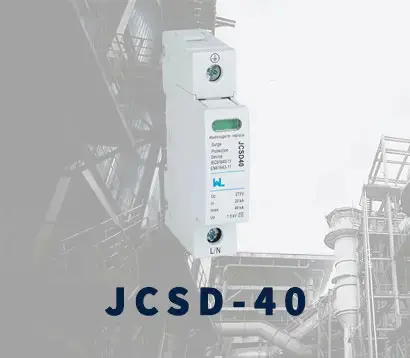 JCSD-40
JCSD-40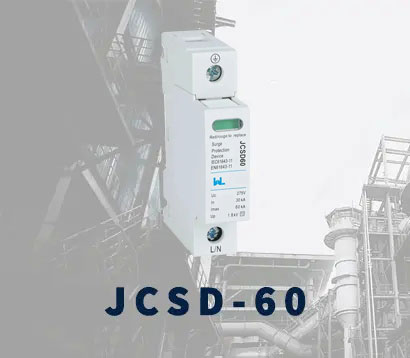 JCSD-60
JCSD-60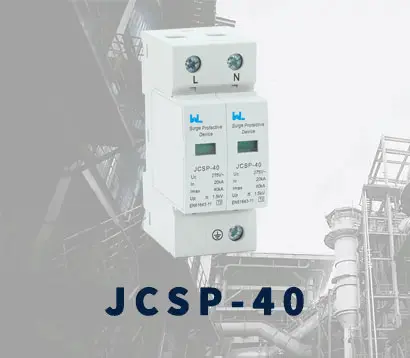 JCSP-40
JCSP-40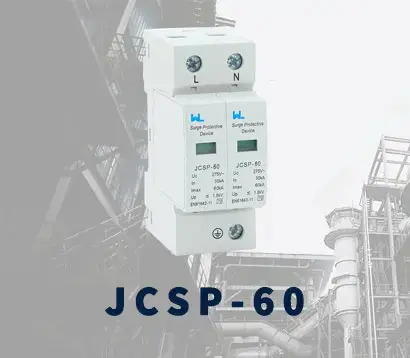 JCSP-60
JCSP-60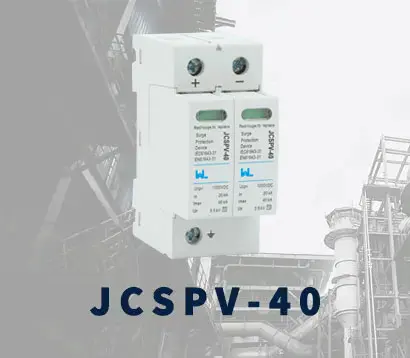 JCSPV
JCSPV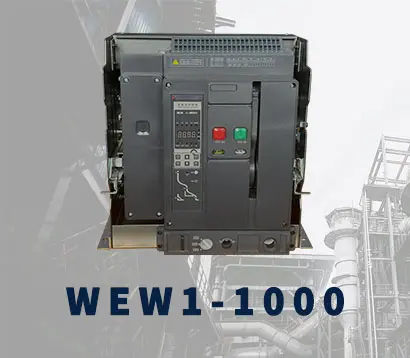 WEW1-1000
WEW1-1000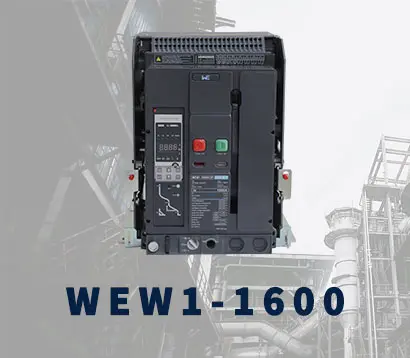 WEW1-1600
WEW1-1600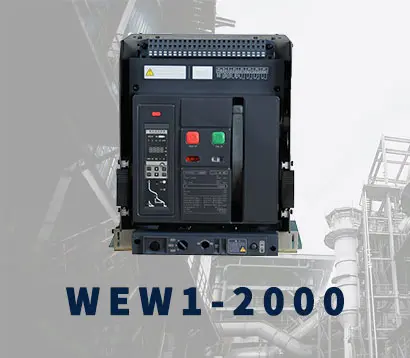 WEW1-2000
WEW1-2000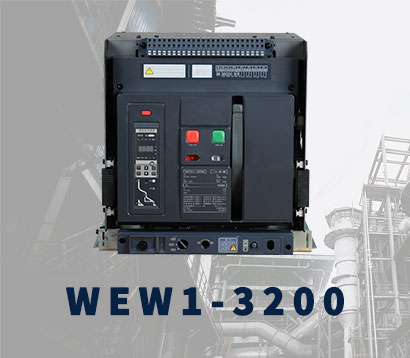 WEW1-3200
WEW1-3200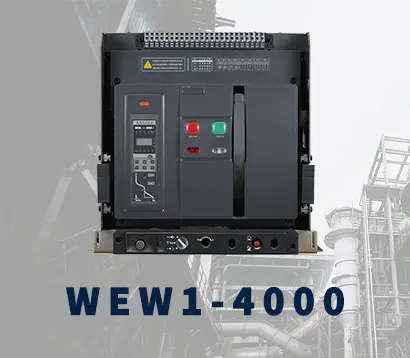 WEW1-4000
WEW1-4000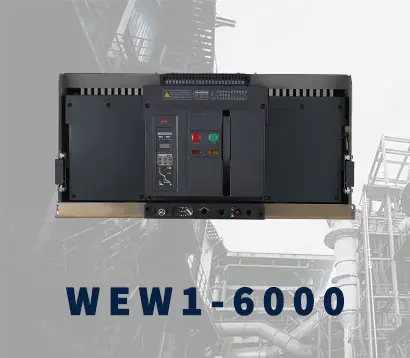 WEW1-6300
WEW1-6300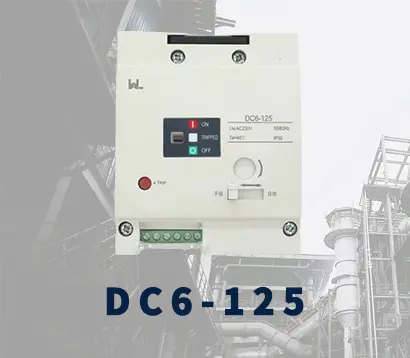 DC6-125
DC6-125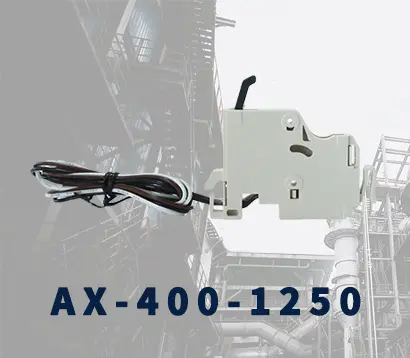 AX-400-1250
AX-400-1250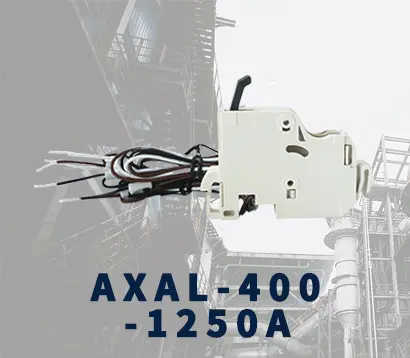 AXAL-400-1250A
AXAL-400-1250A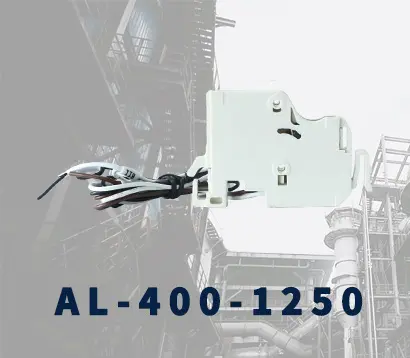 AL-400-1250
AL-400-1250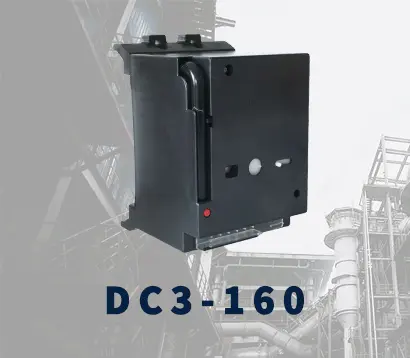 DC3-160
DC3-160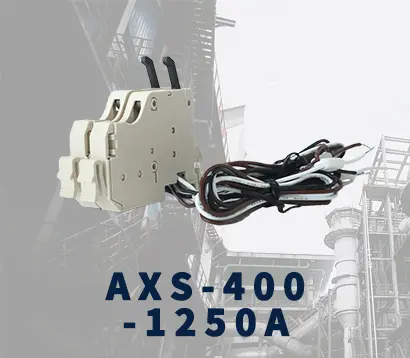 AXS-400-1250A
AXS-400-1250A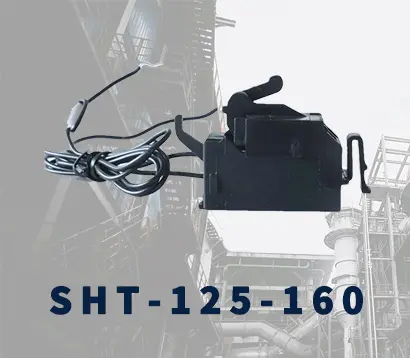 SHT-125-160
SHT-125-160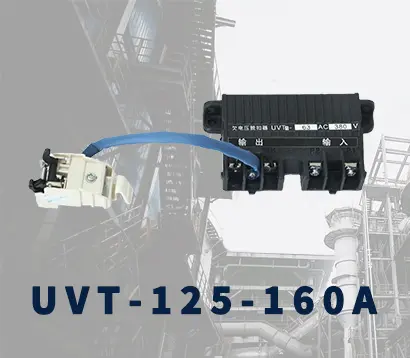 UVT-125-160A
UVT-125-160A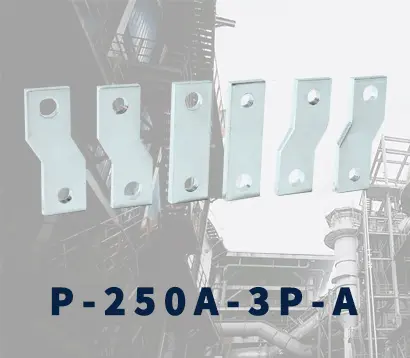 P-250A-3P-A
P-250A-3P-A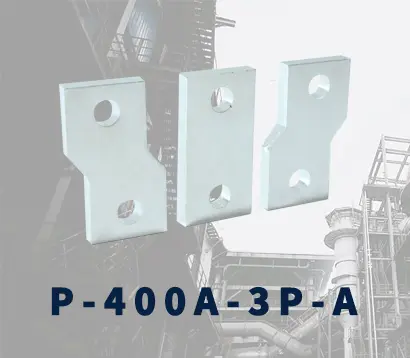 400-3P/4P terminal cover
400-3P/4P terminal cover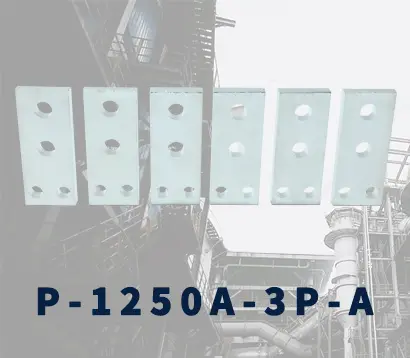 1250-3Pmccb accessories busbar
1250-3Pmccb accessories busbar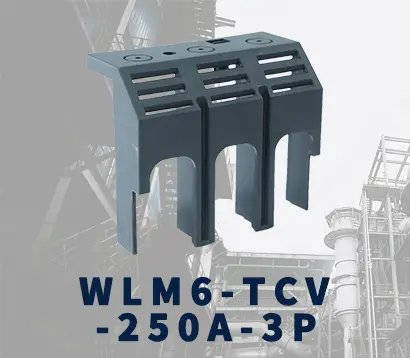 250-3P terminal conver
250-3P terminal conver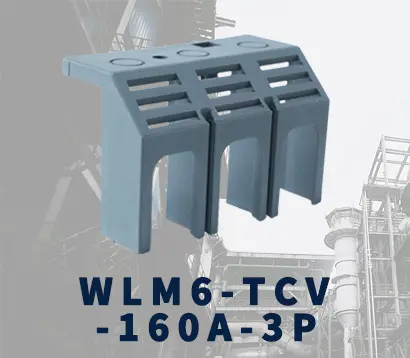 WLM6-TCV-160A-3P
WLM6-TCV-160A-3P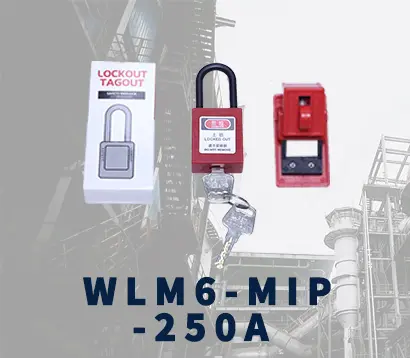 WLM6-MIP-250A
WLM6-MIP-250A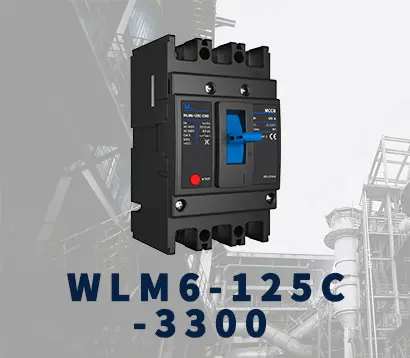 WLM6-125A-3300 3P/4P
WLM6-125A-3300 3P/4P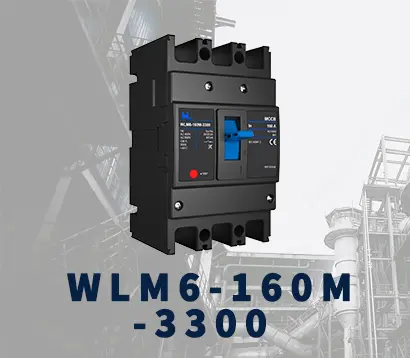 WLM6-160A-3300 3P/4P
WLM6-160A-3300 3P/4P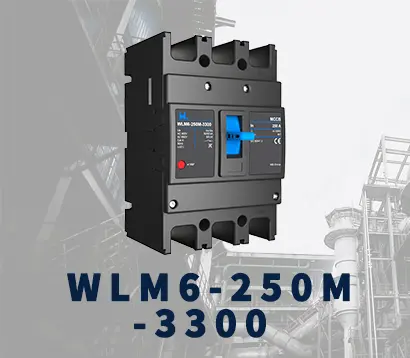 WLM6-250A-3300 3P/4P
WLM6-250A-3300 3P/4P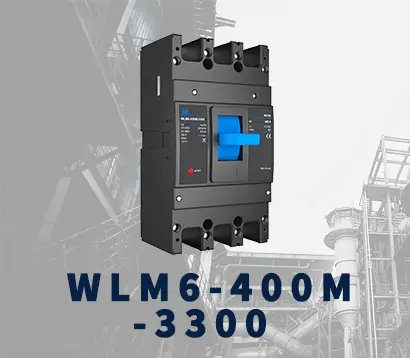 WLM6-400A-3300 3P/4P
WLM6-400A-3300 3P/4P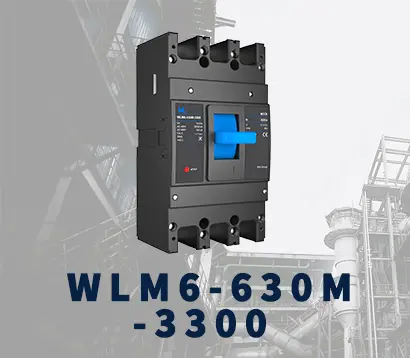 WLM6-630A-3300 3P/4P
WLM6-630A-3300 3P/4P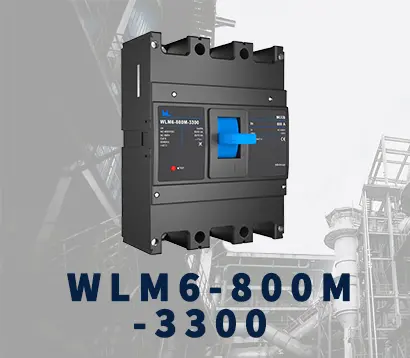 WLM6-800A-3300 3P/4P
WLM6-800A-3300 3P/4P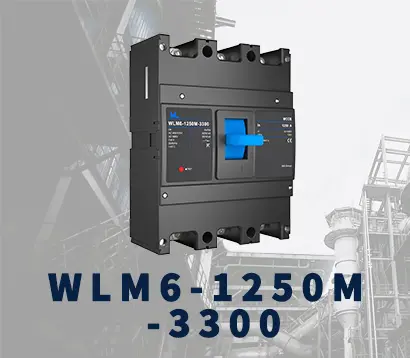 WLM6-1250A-3300 3P/4P
WLM6-1250A-3300 3P/4P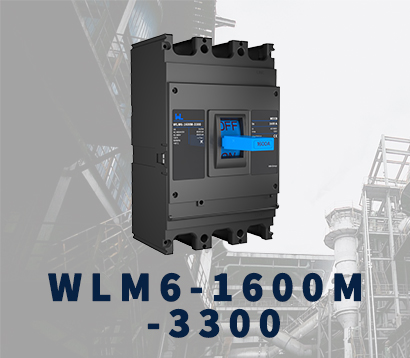 WLM6-1600A-3300 3P/4P
WLM6-1600A-3300 3P/4P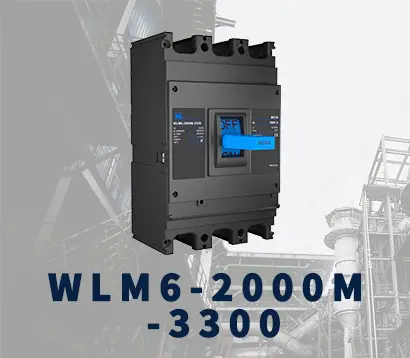 WLM6-2000A 3P/4P
WLM6-2000A 3P/4P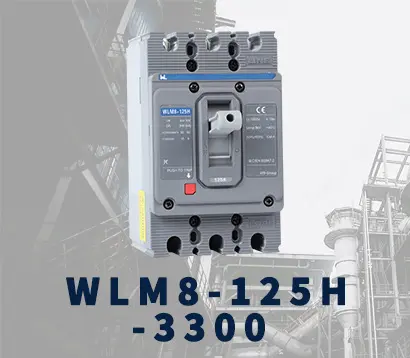 WLM8-125H-3300
WLM8-125H-3300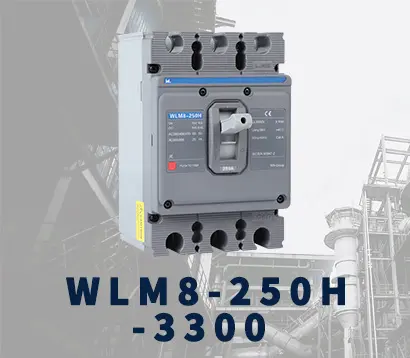 WLM8-250H-3300
WLM8-250H-3300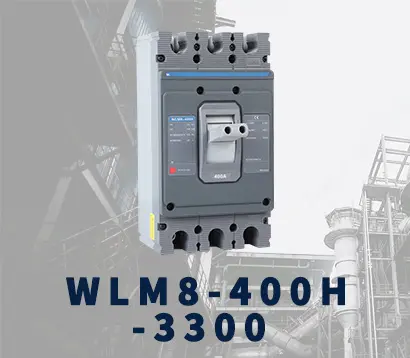 WLM8-400H-3300
WLM8-400H-3300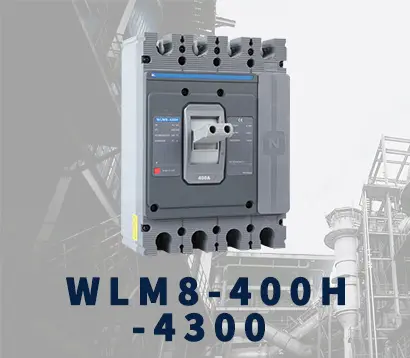 WLM8-400H-4300
WLM8-400H-4300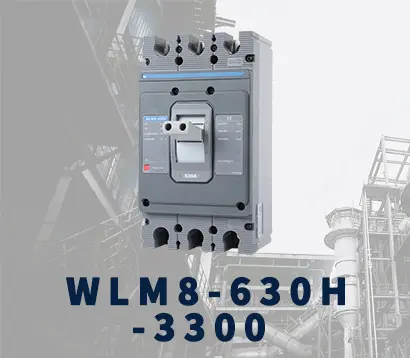 WLM8-630H-3300
WLM8-630H-3300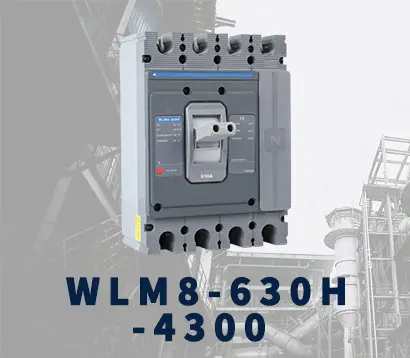 WLM8-630H-4300
WLM8-630H-4300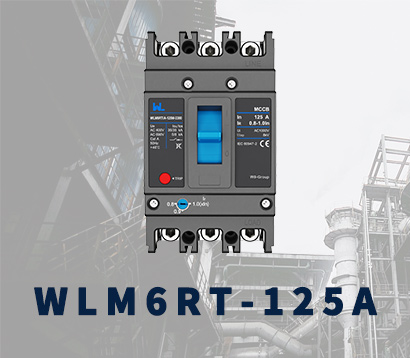 WLM6RT-125A
WLM6RT-125A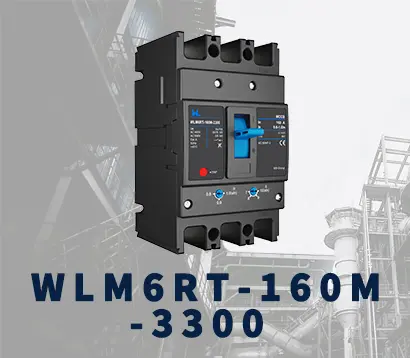 WLM6RT-160A
WLM6RT-160A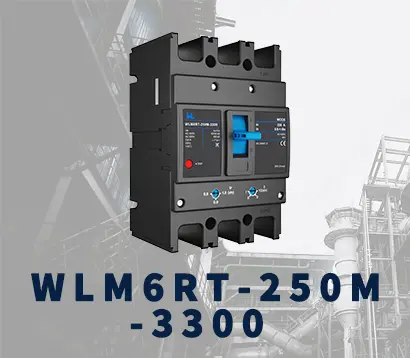 WLM6RT-250A
WLM6RT-250A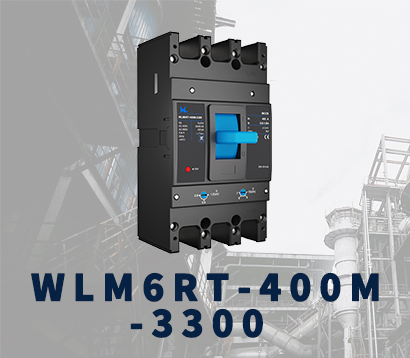 WLM6RT-400A
WLM6RT-400A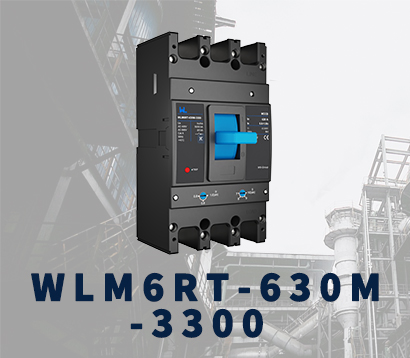 WLM6RT-630A
WLM6RT-630A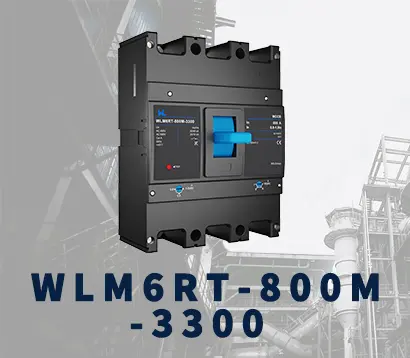 WLM6RT-800A
WLM6RT-800A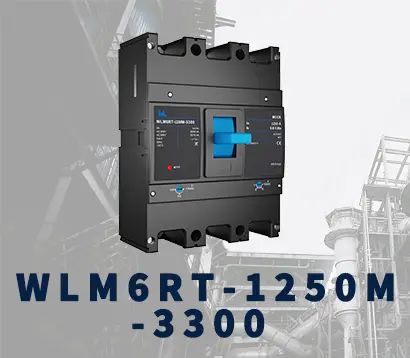 WLM6RT-1250A
WLM6RT-1250A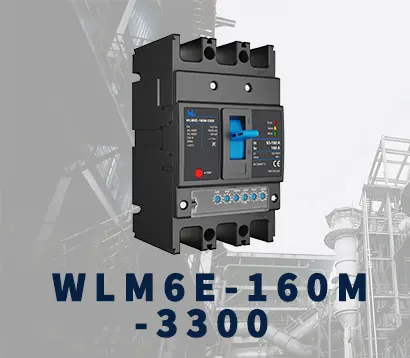 WLM6E-160A-3300 3P
WLM6E-160A-3300 3P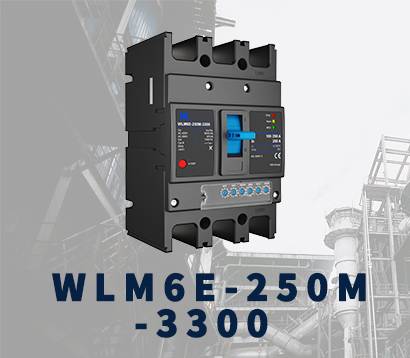 WLM6E-250A-3300
WLM6E-250A-3300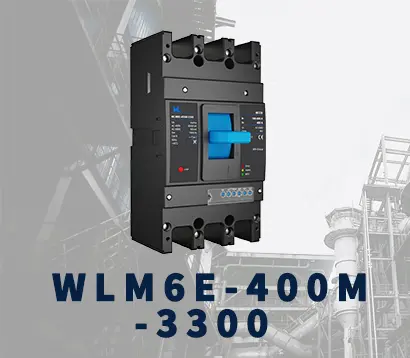 WLM6E-400A-3300 3P/4P
WLM6E-400A-3300 3P/4P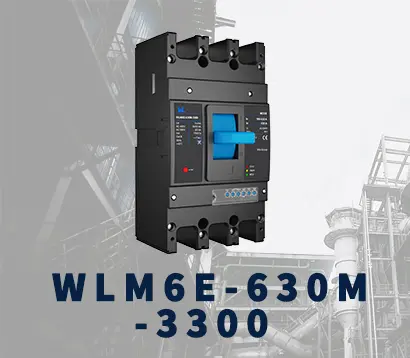 WLM6E-630A-3300
WLM6E-630A-3300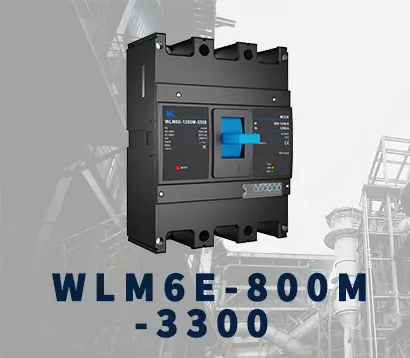 WLM6E-800A-3300 3P/4P
WLM6E-800A-3300 3P/4P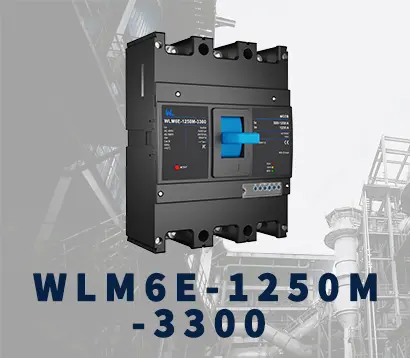 WLM6E-1250A-3300
WLM6E-1250A-3300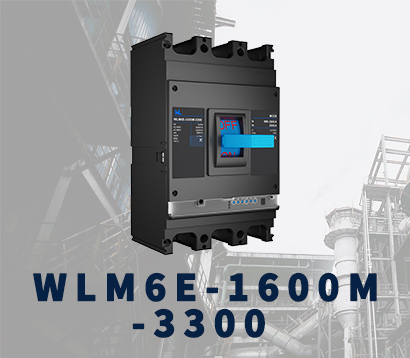 WLM6E-1600-3300 3P/4P
WLM6E-1600-3300 3P/4P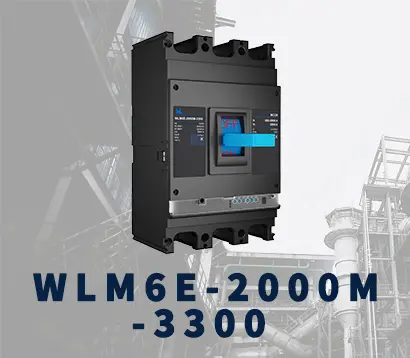 WLM6E-2000A-3300 3P/4P
WLM6E-2000A-3300 3P/4P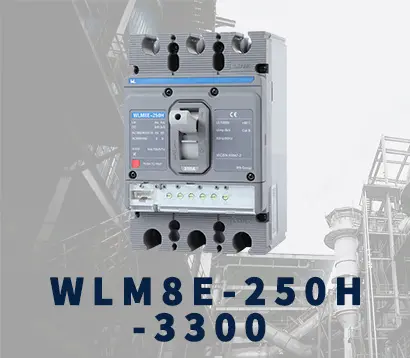 WLM8E-250H-3300
WLM8E-250H-3300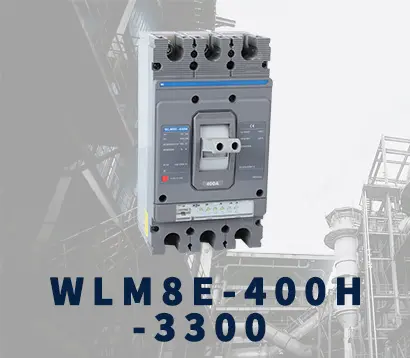 WLM8E-400H-3300
WLM8E-400H-3300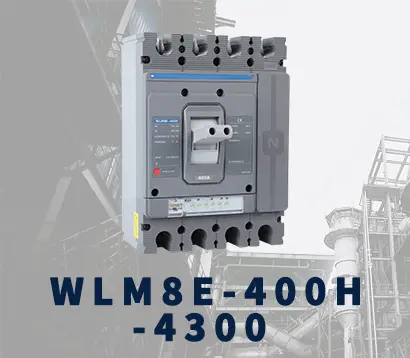 WLM8E-400H-4300
WLM8E-400H-4300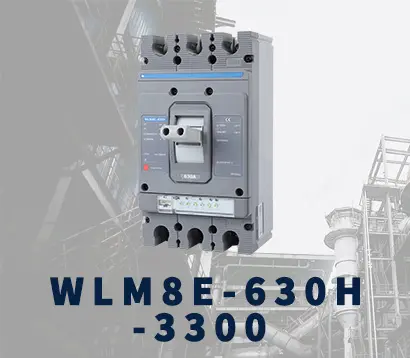 WLM8E-630H-3300
WLM8E-630H-3300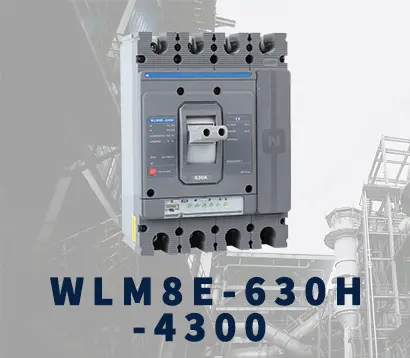 WLM8E-630H-4300
WLM8E-630H-4300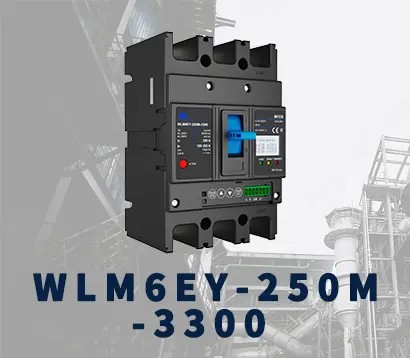 WLM6EY-250-3300 3P/4P
WLM6EY-250-3300 3P/4P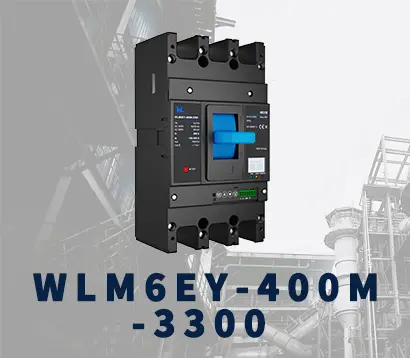 WLM6EY-400 3P/4P
WLM6EY-400 3P/4P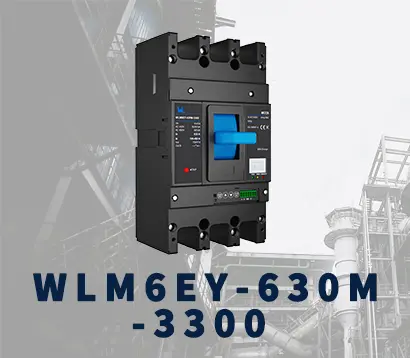 WLM6EY-630 3P/4P
WLM6EY-630 3P/4P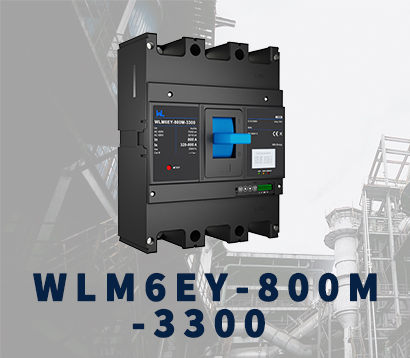 WLM6EY-800A 3P/4P
WLM6EY-800A 3P/4P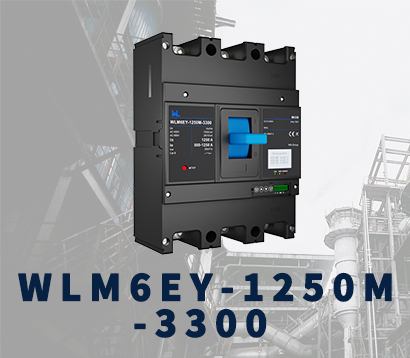 WLM6EY-1250A 3P/4P
WLM6EY-1250A 3P/4P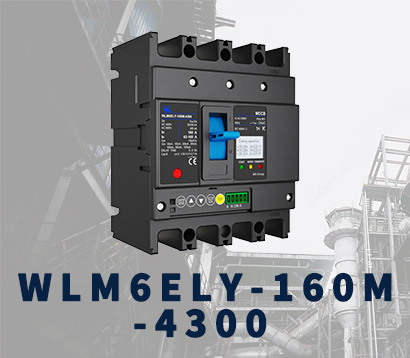 WLM6ELY-160A
WLM6ELY-160A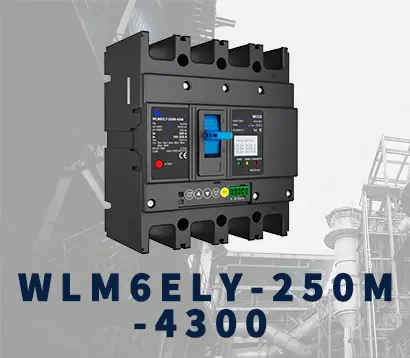 WLM6ELY-250A
WLM6ELY-250A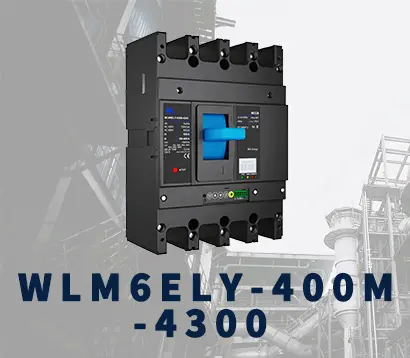 WLM6ELY-400A
WLM6ELY-400A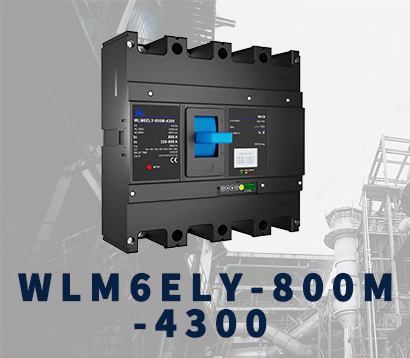 WLM6ELY-800A
WLM6ELY-800A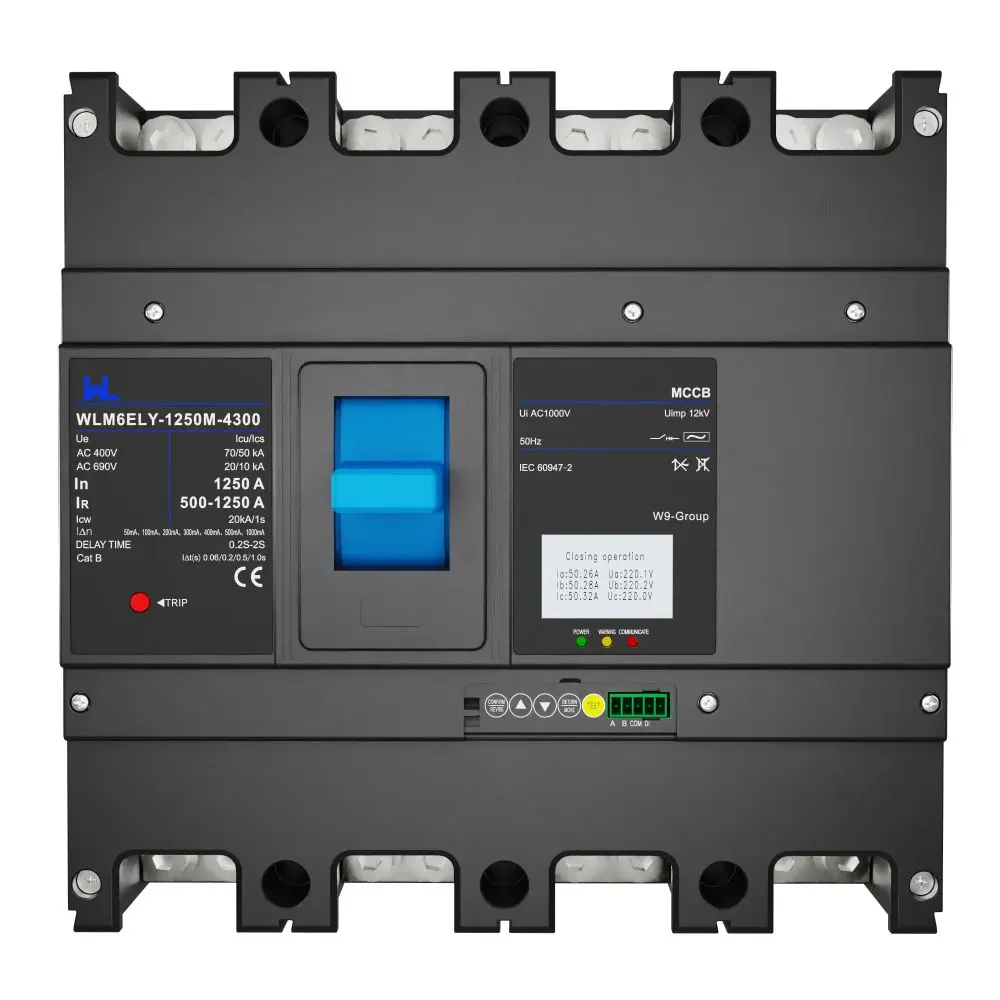 WLM6ELY-1250A
WLM6ELY-1250A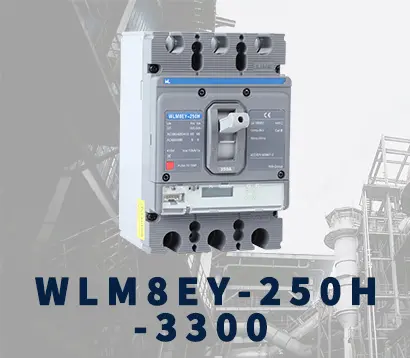 WLM8EY-250H-3300
WLM8EY-250H-3300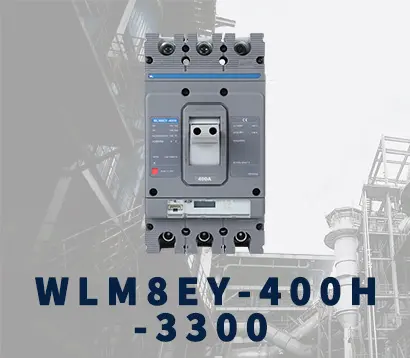 WLM8EY-400H-3300
WLM8EY-400H-3300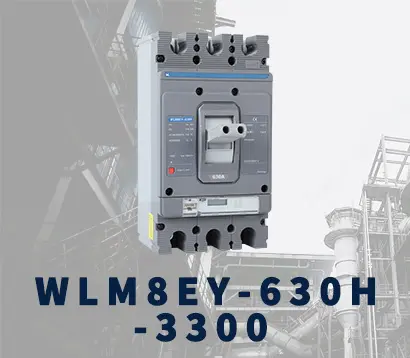 WLM8EY-630H-3300
WLM8EY-630H-3300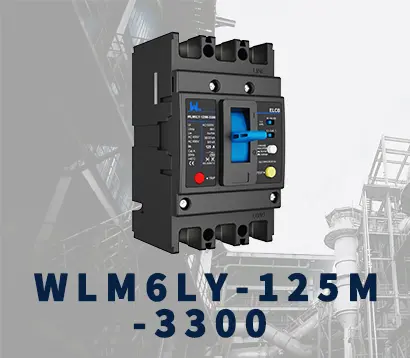 WLM6LY-125A
WLM6LY-125A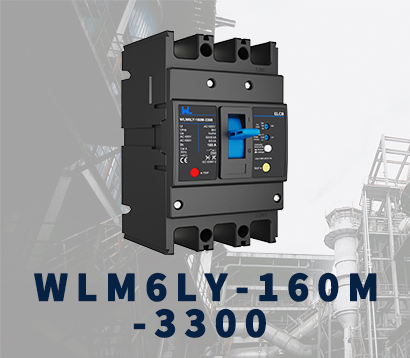 WLM6L-160A
WLM6L-160A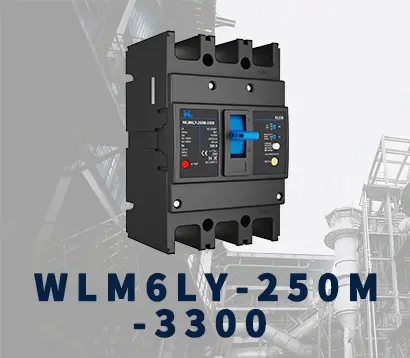 WLM6LY-250A
WLM6LY-250A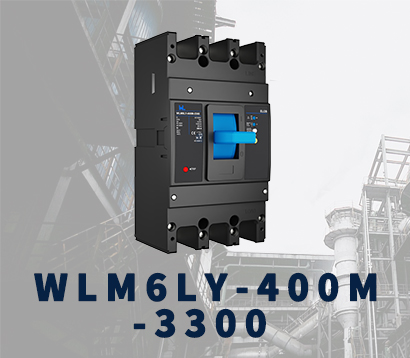 WLM6LY-400A
WLM6LY-400A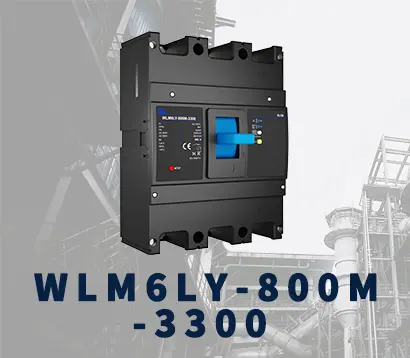 WLM6LY-800A
WLM6LY-800A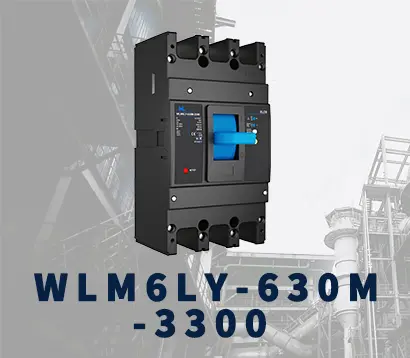 WLM6LY-630A
WLM6LY-630A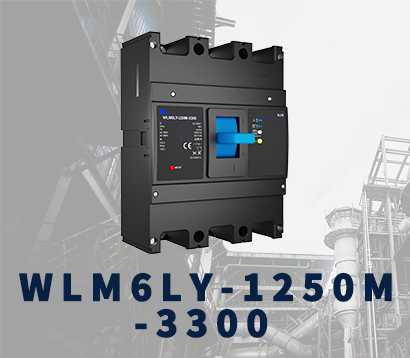 WLM6LY-1250A
WLM6LY-1250A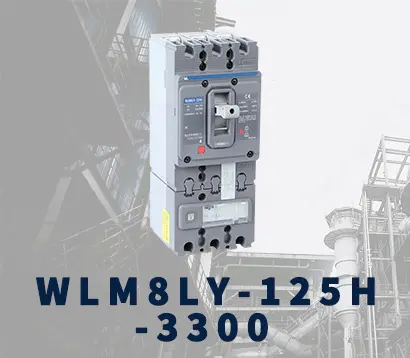 WLM8LY-125H-3300
WLM8LY-125H-3300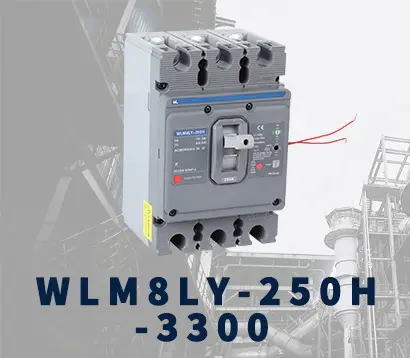 WLM8LY-250H-3300
WLM8LY-250H-3300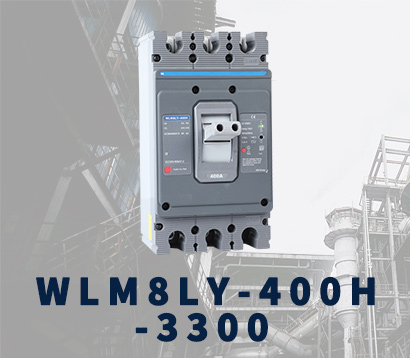 WLM8LY-400H-3300
WLM8LY-400H-3300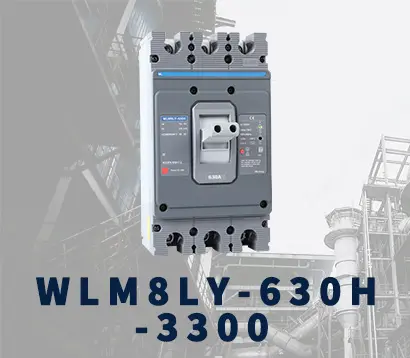 WLM8LY-630H-3300
WLM8LY-630H-3300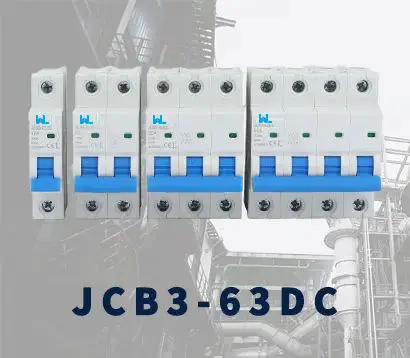 JCB3-63DC
JCB3-63DC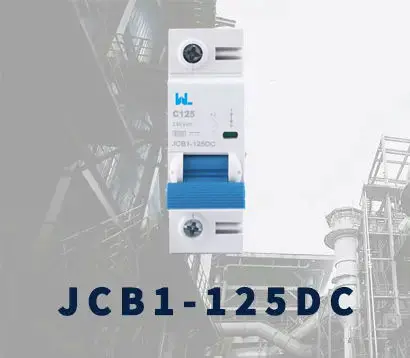 JCB1-125DC
JCB1-125DC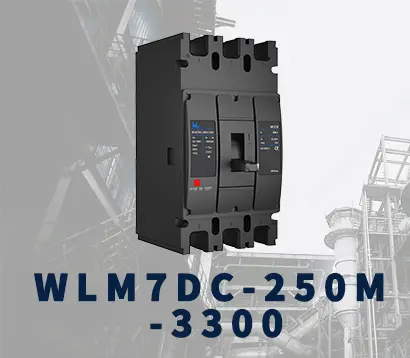 WLM7DC-250A-2300 2P/3P
WLM7DC-250A-2300 2P/3P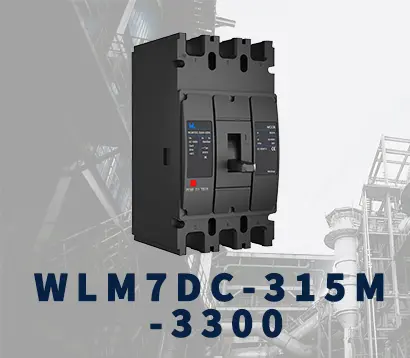 WLM7DC-315A-3300 2P/3P
WLM7DC-315A-3300 2P/3P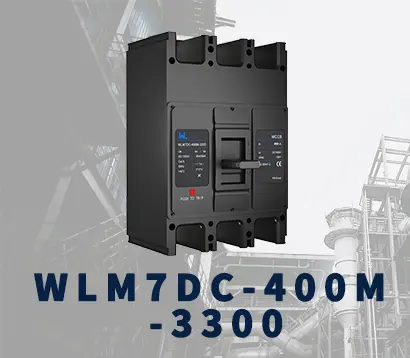 WLM7DC-400A-2300 2P/3P
WLM7DC-400A-2300 2P/3P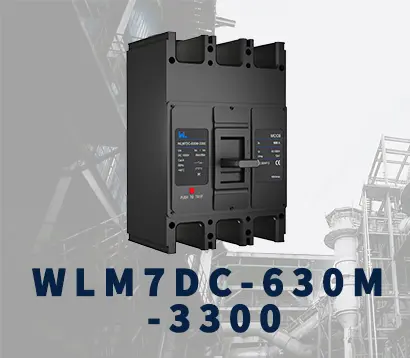 WLM7DC-630A-3300 3P
WLM7DC-630A-3300 3P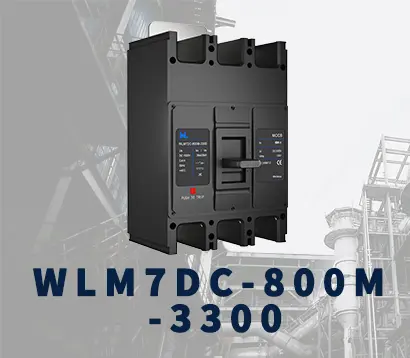 WLM7DC-800A-2300 2P/3P
WLM7DC-800A-2300 2P/3P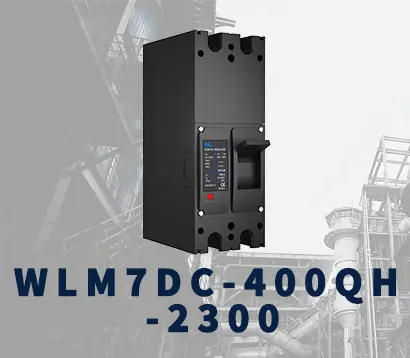 WLM7DC-400A 2300
WLM7DC-400A 2300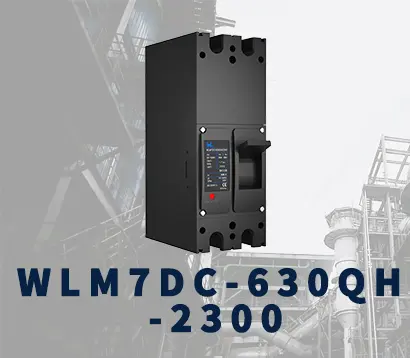 WLM7DC-630A-2300 2P
WLM7DC-630A-2300 2P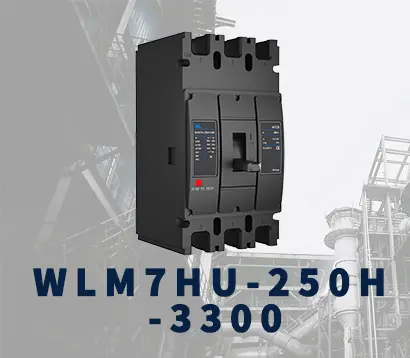 WLM7HU-250-3300 3P
WLM7HU-250-3300 3P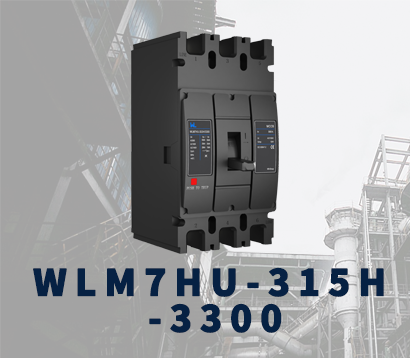 WLM7HU-315-3300 3P
WLM7HU-315-3300 3P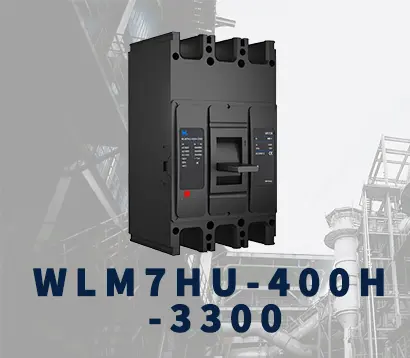 WLM7HU-400-3300 3P
WLM7HU-400-3300 3P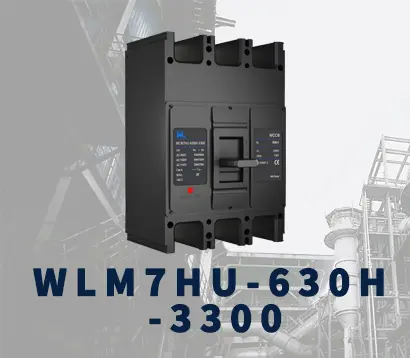 WLM7HU-630-3300 3P
WLM7HU-630-3300 3P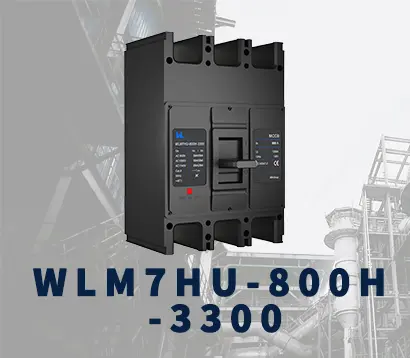 WLM7HU-800-3300 3P
WLM7HU-800-3300 3P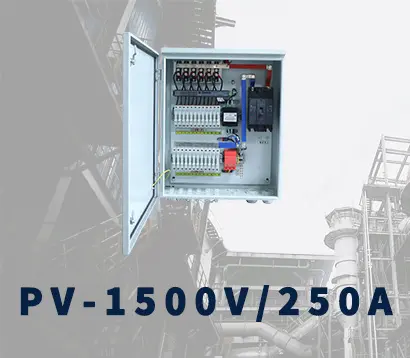 PV-1500V/250A
PV-1500V/250A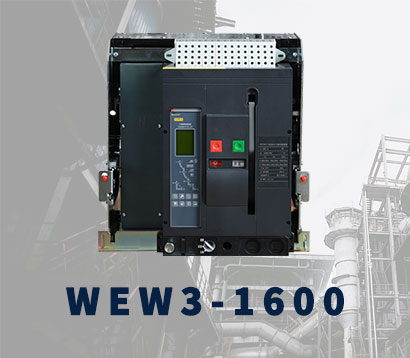 WEW3-1600
WEW3-1600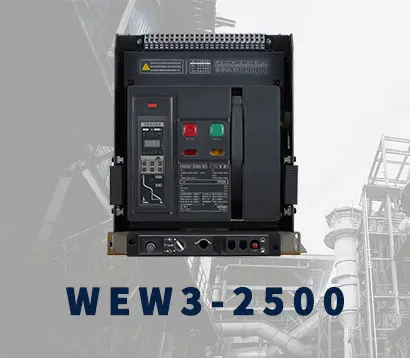 WEW3-2500
WEW3-2500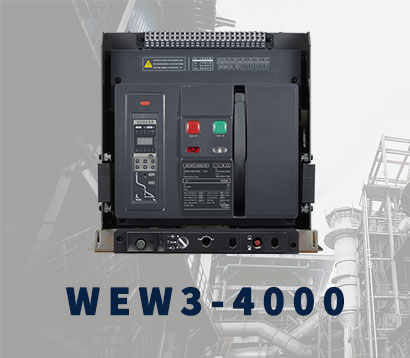 WEW3-4000
WEW3-4000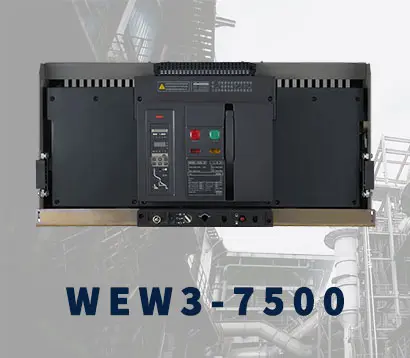 WEW3-7500
WEW3-7500



